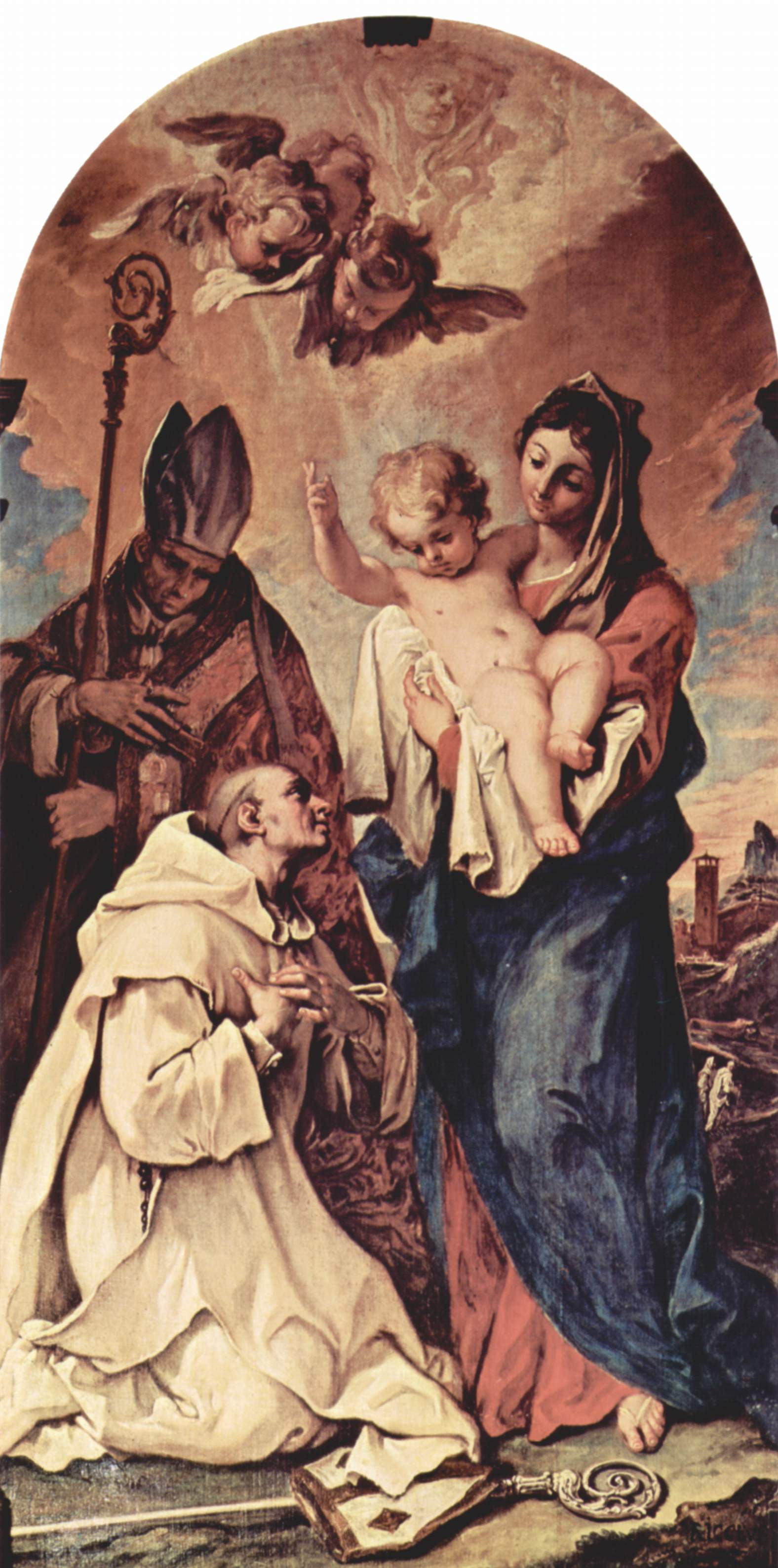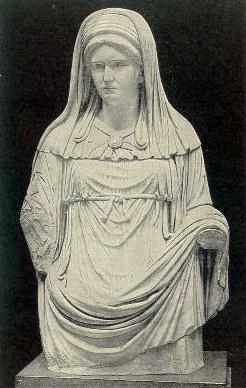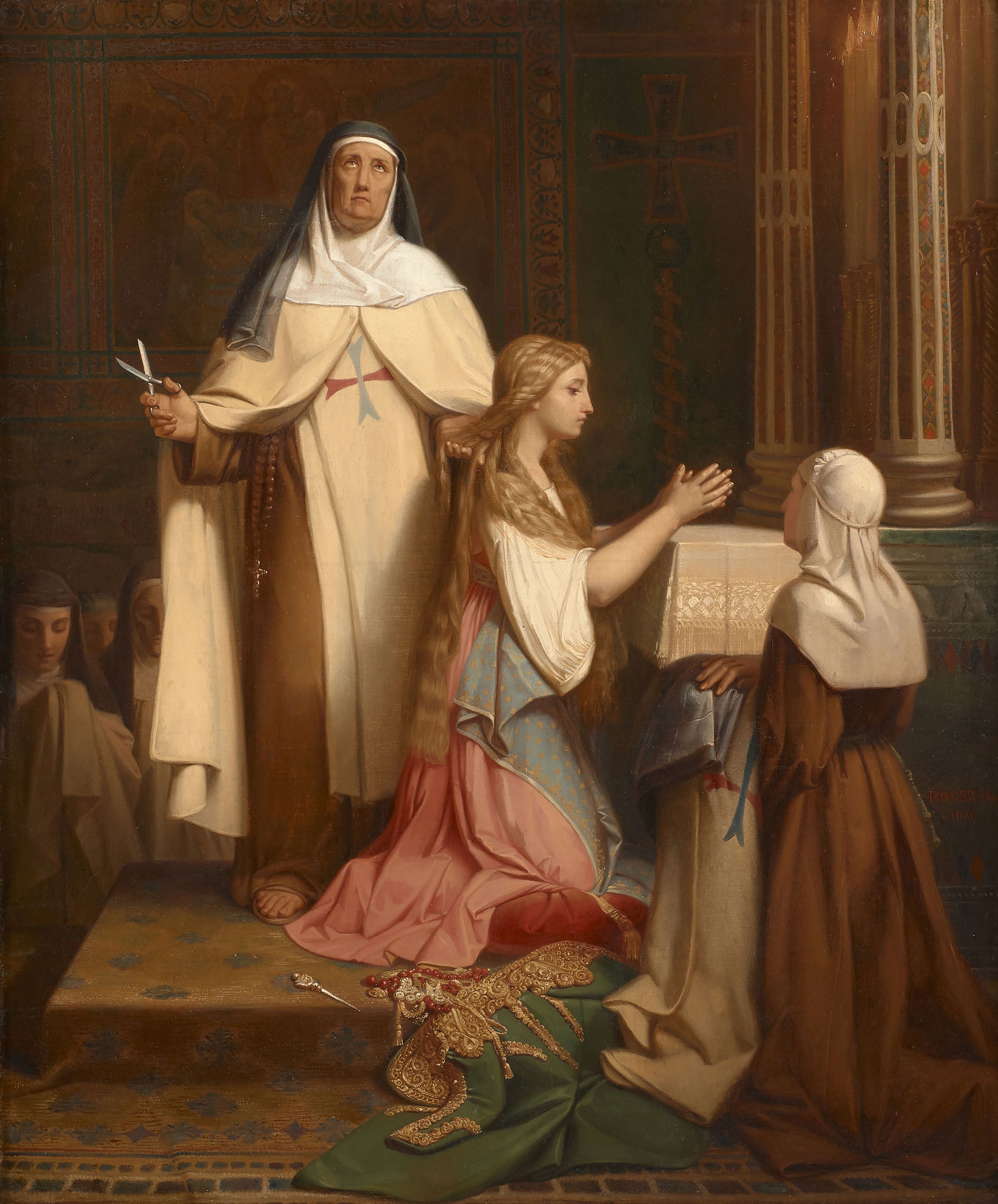|
Novice
A novice is a person who has entered a religious order and is under probation, before taking vows. A ''novice'' can also refer to a person (or animal e.g. racehorse) who is entering a profession with no prior experience. Religion Buddhism In many Buddhism, Buddhist orders, a man or woman who intends to take ordination must first become a novice, adopting part of the monastic code indicated in the vinaya and studying in preparation for full ordination. The name for this level of ordination varies from one tradition to another. In Pali, the word is samanera, which means 'small monk' or 'boy monk'. Christianity Catholicism A novice in Catholic canon law and tradition is a prospective member of a religious order who is being tried and assessed for suitability of admission to a religious order of priests, religious brothers, or religious sisters, whether the community is one of monks or has an apostolate. After initial contact with the community, and usually a period of time ... [...More Info...] [...Related Items...] OR: [Wikipedia] [Google] [Baidu] |
Novice Master
In the Christian Church, a novice master or master of novices (), is a member of an institute of consecrated life who is responsible for the training and government of the novitiate in that institute. In religious institutes for women, the novice mistress, lat. ''Magistra noviciorum'', is the equivalent. Sometimes the person in this position is called the novice director or director of novices. The direction of the novices is reserved solely to the master of novices, under the authority of the major superiors. The master of novices must be a member of the institute; he must have taken perpetual vows and be legally appointed. The novice master is often assisted by a zelator (second or deputy novice master). The novice master's duty is to see that the time devoted to the period of the novitiate be passed in prayer, meditation, and the development of character through a study of the life of Jesus Christ and the saints, church history, the vows and the constitution of the institute. ... [...More Info...] [...Related Items...] OR: [Wikipedia] [Google] [Baidu] |
Monk
A monk (; from , ''monachos'', "single, solitary" via Latin ) is a man who is a member of a religious order and lives in a monastery. A monk usually lives his life in prayer and contemplation. The concept is ancient and can be seen in many religions and in philosophy across numerous cultures. The Greek word for "monk" may be applied to men or women. In English, however, "monk" is applied mainly to men, while ''nun'' is typically used for female monastics. Although the term ''monachos'' is of Christianity, Christian origin, in the English language ''monk'' tends to be used loosely also for both male and female ascetics from other religious or philosophical backgrounds. However, being generic, it is not interchangeable with terms that denote particular kinds of monk, such as cenobite, hermit, anchorite, or Hesychasm, hesychast. Traditions of Christian monasticism exist in major Christian denominations, with religious orders being present in Catholicism, Lutheranism, Oriental Ort ... [...More Info...] [...Related Items...] OR: [Wikipedia] [Google] [Baidu] |
Novitiate
The novitiate, also called the noviciate, is the period of training and preparation that a Christian ''novice'' (or ''prospective'') monastic, apostolic, or member of a religious order undergoes prior to taking vows in order to discern whether they are called to vowed religious life. It often includes times of intense study, prayer, living in community, studying the vowed life, deepening one's relationship with God, and deepening one's self-awareness. In the Catholic Church, the canonical time of the novitiate is one year; in case of additional length, it must not be extended over two years. CIC, canon 648 In the Eastern Orthodox Church, the novitiate is officially set at three years before one may be tonsured a monk or nun, though this requirement may be waived. The novitiate is in any case a time both for the novice to get to know the community and the community to get to know the novice. The novice should aspire to deepening their relationship to God and discovering the comm ... [...More Info...] [...Related Items...] OR: [Wikipedia] [Google] [Baidu] |
Religious Habit
A religious habit is a distinctive set of clothing worn by members of a religious order. Traditionally, some plain garb recognizable as a religious habit has also been worn by those leading the religious Hermit, eremitic and Anchorite, anchoritic life, although in their case without conformity to a particular uniform style. Uniformity and distinctiveness by order often evolved and changed over time. Interpretation of terms for clothes in religious rules could change over centuries. Furthermore, every time new communities gained importance in a cultural area the need for visual separation increased for new as well as old communities. Thus, modern habits are rooted in historic forms, but do not necessarily resemble them in cut, color, material, detail or use. In Christian monasticism, Christian monastic orders of the Catholic church, Catholic, Lutheranism, Lutheran and Anglicanism, Anglican Churches, the habit often consists of a tunic covered by a scapular and cowl, with a hood ... [...More Info...] [...Related Items...] OR: [Wikipedia] [Google] [Baidu] |
Samanera
A (Pali; ), is a novice male monk in a Buddhist context. A female novice nun is in , and in or . In Tibetan Buddhism, a female novice nun is known by the Tibetan language term , and a male novice monk is a . ''Kopan Monastery''. Etymology The is a Pali language diminutive equivalent to the Sanskrit term , which indicates an ascetic practitioner. Therefore, might be said to mean "small or young renunciate (ascetic)". In some South and Southeast Asian Buddhist traditions, the term refers to someone who has taken the initial pravrajya vows but n ...[...More Info...] [...Related Items...] OR: [Wikipedia] [Google] [Baidu] |
Christian Monasticism
Christian monasticism is a religious way of life of Christians who live Asceticism#Christianity, ascetic and typically cloistered lives that are dedicated to Christian worship. It began to develop early in the history of the Christian Church, modeled upon scriptural examples and ideals, including those in the Old Testament. It has come to be regulated by religious rules (e. g., the Rule of Saint Augustine, Anthony the Great, Pachomius the Great, St Pachomius, the Rule of St Basil, the Rule of St Benedict) and, in modern times, the Canon law of the respective Christian denominations that have forms of monastic living. Those living the monastic life are known by the generic terms monks (men) and nuns (women). The word ''monk'' originated from the Ancient Greek language, Greek (, 'monk'), itself from () meaning 'alone'. Christian monks did not live in monasteries at first; rather, they began by living alone as solitaries, as the word might suggest. As more people took on the li ... [...More Info...] [...Related Items...] OR: [Wikipedia] [Google] [Baidu] |
Trappists
The Trappists, officially known as the Order of Cistercians of the Strict Observance (, abbreviated as OCSO) and originally named the Order of Reformed Cistercians of Our Lady of La Trappe, are a Religious order (Catholic), Catholic religious order of enclosed religious orders, cloistered Monasticism, monastics that branched off from the Cistercians. They follow the Rule of Saint Benedict and have communities of both monks and nuns that are known as Trappists and Trappistines, respectively. They are named after La Trappe Abbey, the monastery from which the movement and religious order originated. The movement began with the reforms that Abbot Armand Jean le Bouthillier de Rancé introduced in 1664, later leading to the creation of Trappist Congregation (group of houses), congregations, and eventually the formal constitution as a separate religious order in 1892. History The order takes its name from La Trappe Abbey or ''La Grande Trappe'', located in the French province of Nor ... [...More Info...] [...Related Items...] OR: [Wikipedia] [Google] [Baidu] |
Carthusian
The Carthusians, also known as the Order of Carthusians (), are a Latin enclosed religious order of the Catholic Church. The order was founded by Bruno of Cologne in 1084 and includes both monks and nuns. The order has its own rule, called the ''Statutes'', and their life combines both eremitical and cenobitic monasticism. The motto of the Carthusians is , Latin for "The Cross is steady while the world turns." The Carthusians retain a unique form of liturgy known as the Carthusian Rite. The name ''Carthusian'' is derived from the Chartreuse Mountains in the French Prealps: Bruno built his first hermitage in a valley of these mountains. These names were adapted to the English '' charterhouse'', meaning a Carthusian monastery. Today, there are 23 charterhouses, 18 for monks and 5 for nuns. The alcoholic cordial Chartreuse has been produced by the monks of Grande Chartreuse since 1737, which gave rise to the name of the color, though the liqueur is in fact produced not on ... [...More Info...] [...Related Items...] OR: [Wikipedia] [Google] [Baidu] |
Postulant
A postulant (from , "to ask") was originally one who makes a request or demand; hence, a candidate. The use of the term is now generally restricted to those asking for admission into a Christian monastery or a religious order for the period preceding their admission into the novitiate. The term is most commonly used in the Catholic Church, Lutheran Churches, and the Anglican Communion (which includes the Episcopal Church) to designate those who are seeking ordination to the diaconate or priesthood. In this respect, postulancy is generally considered the first formal step leading to candidacy (for ordination) and ordination. The Eastern Orthodox Church uses this term less frequently. Purpose, duration and formation Nuns at a procession in 1915. The postulants in their garbs are walking in front of the professed nuns. The length of time that a prospective candidate remains a postulant may vary depending on the institution or the postulant's situation. Among active religious ... [...More Info...] [...Related Items...] OR: [Wikipedia] [Google] [Baidu] |
Veil
A veil is an article of clothing or hanging cloth that is intended to cover some part of the human head, head or face, or an object of some significance. Veiling has a long history in European, Asian, and African societies. The practice has been prominent in different forms in Judaism, Christianity, and Islam. The practice of veiling is especially associated with women and sacred objects, though in some cultures, it is men, rather than women, who are expected to wear a veil. Besides its enduring religious significance, veiling continues to play a role in some modern secular contexts, such as wedding customs. History Antiquity Elite women in ancient Mesopotamia and in the Rise of Macedon, Macedonian and Persian Empire, Persian empires wore the veil as a sign of respectability and high status. The earliest attested reference to veiling is found a Middle Assyrian Empire, Middle Assyrian law code dating from between 1400 and 1100 BC. Assyria had explicit sumptuary laws detailin ... [...More Info...] [...Related Items...] OR: [Wikipedia] [Google] [Baidu] |
Religious Vows
Religious vows are the public vows made by the members of religious communities pertaining to their conduct, practices, and views. In the Buddhist tradition, in particular within the Mahayana and Vajrayana traditions, many different kinds of religious vows are taken by the lay community as well as by the monastic community, as they progress along the path of their practice. In the monastic tradition of all schools of Buddhism, the Vinaya expounds the vows of the fully ordained Nuns and Monks. In the Christian tradition, such public vows are made by the religious cenobitic and eremitic of the Catholic Church, Lutheran Churches, Anglican Communion, and Eastern Orthodox Churches, whereby they confirm their public profession of the evangelical counsels of poverty, chastity, and obedience or Benedictine equivalent. The vows are regarded as the individual's free response to a call by God to follow Jesus Christ more closely under the action of the Holy Spirit in a particular form of ... [...More Info...] [...Related Items...] OR: [Wikipedia] [Google] [Baidu] |







